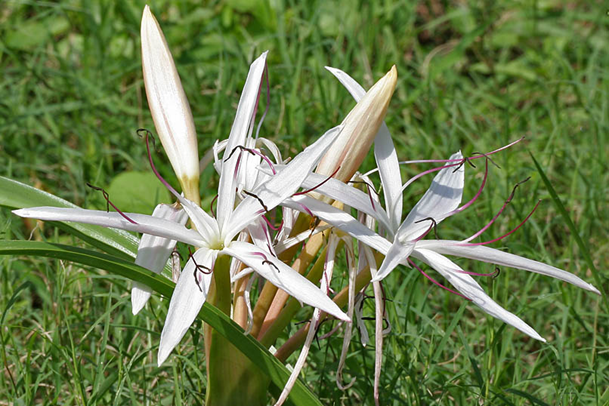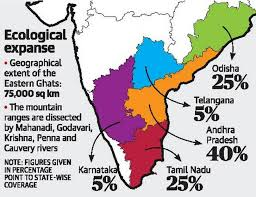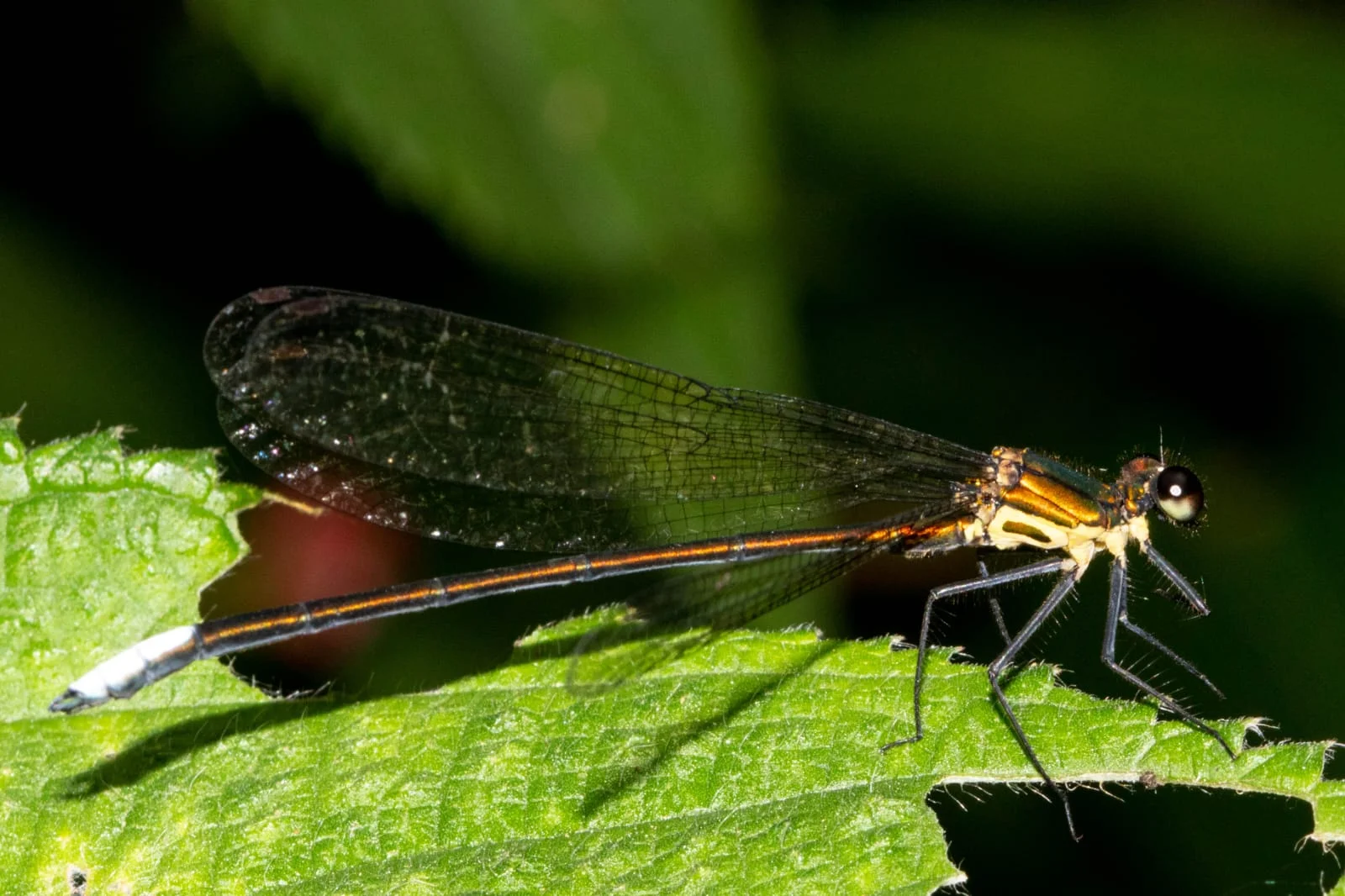- Courses
- GS Full Course 1 Year
- GS Full Course 2 Year
- GS Full Course 3 Year
- GS Full Course Till Selection
- Online Program
- GS Recorded Course
- NCERT (Recorded 500+ Hours)
- Polity Recorded Course
- Geography Recorded Course
- Economy Recorded Course
- AMAC Recorded Course
- Modern India, Post Independence & World History
- Environment Recoded Course
- Governance Recoded Course
- Science & Tech. Recoded Course
- International Relations and Internal Security Recorded Course
- Disaster Management Module Course
- Ethics Recoded Course
- Essay Recoded Course
- Current Affairs Recoded Course
- CSAT
- 5 LAYERED ARJUNA Mentorship
- Public Administration Optional
- ABOUT US
- OUR TOPPERS
- TEST SERIES
- FREE STUDY MATERIAL
- VIDEOS
- CONTACT US
PLACES IN NEWS 15 NOVEMBER 2024
PLACES IN NEWS 15 NOVEMBER 2024
15-11-2024
Wildlife Institute of India (WII)
- Experts from the Wildlife Institute of India (WII) have acknowledged that Project Cheetah has been successful in helping restore the cheetah’s presence in India after decades of absence.
- This marks a significant milestone in India's wildlife conservation efforts.
What is the Wildlife Institute of India (WII)?
- The Wildlife Institute of India (WII) is an autonomous institution, established in 1982 under the Ministry of Environment, Forests, and Climate Change (MoEFCC), Government of India.
- It plays a pivotal role in advancing wildlife science and research in India.
Location:
- Situated in Dehradun, Uttarakhand, sharing borders with the renowned Rajaji National Park.
Key Functions:
- The WII offers training programs, academic courses, and advisory services in wildlife research and management.
- It is internationally recognized for its work in biodiversity conservation, research, and wildlife management.
- The institute also engages in comprehensive research on biodiversity issues across India.
Objectives of WII:
- Building Scientific Knowledge: Enhance the scientific understanding of India’s wildlife resources.
- Training and Capacity Building: Train individuals at various levels in wildlife conservation and management.
- Research and Development: Focus on research relevant to wildlife management and conservation, including developing techniques suitable for Indian conditions.
- Advisory Services: Provide expertise on wildlife management problems.
- International Collaboration: Partner with international organizations for wildlife research, management, and training.
- Regional Importance: Establish itself as a leading center of importance in wildlife and natural resource conservation in the region.
Research Focus Areas:
- Biodiversity Studies
- Wildlife Policy Research
- Endangered Species Conservation
- Wildlife Management
- Forensic Wildlife Research
- Eco-Development and Spatial Modelling
- Impact of Climate Change on Wildlife
Governance:
- The WII’s board is chaired by the Union Minister of Environment and includes representatives from both the central and state governments, as well as from institutions and academia.
What is Project Cheetah?
- Launched: Officially launched in 2020 following the Supreme Court's directives.
- Overseen by: The National Tiger Conservation Authority (NTCA).
- Role of WII: The Wildlife Institute of India provides vital technical assistance and coordinates the reintroduction of cheetahs in India.
- Objective: To revive the cheetah population in India, which had been extinct since the 1950s. This project is part of India’s broader conservation strategy to restore biodiversity and improve ecological balance.
- Location: The project focuses on Kuno National Park, Madhya Pradesh.
This initiative aligns with India's larger vision of wildlife conservation and ecological balance, aiming to reinstate a once-abundant species and contribute to broader environmental goals.
4th Edition of Exercise Sea Vigil

The 4th edition of 'Sea Vigil-24' Chennai is scheduled for 20-21 November 2024, will engage multiple ministries, organizations, and maritime stakeholders to enhance the coastal defence mechanism of India, ensuring the safety of critical assets and infrastructure.
What is Exercise Sea Vigil?
- Conceptualized in 2018: Exercise Sea Vigil was conceptualized to validate the measures taken towards strengthening India’s coastal defence and maritime security post the 26/11 Mumbai terror attacks.
- National Level Exercise: It is a pan-India exercise designed to activate the Coastal Security apparatus across India, evaluating the overall Coastal Defence mechanism.
Key Features of Sea Vigil-24:
- Date: Scheduled for 20 & 21 November 2024.
- Multi-Agency Participation: This fourth edition will involve six ministries and 21 organizations/agencies, creating a collaborative approach to maritime security.
- Focus Areas:
- Securing coastal assets such as ports, oil rigs, Single Point Moorings, Cable Landing Points, and critical coastal infrastructure.
- Ensuring the safety and security of coastal populations.
Key Enhancements in Sea Vigil-24:
- Increased Participation: For the first time, there will be participation from other services like the Indian Army and Indian Air Force. This will involve the planned deployment of a large number of ships and aircraft to intensify the exercise.
- Coastal Awareness: One of the primary objectives is to raise awareness among coastal communities about maritime security. This year, fishing communities, coastal populations, and students from NCC (National Cadet Corps) and Bharat Scouts and Guides will actively participate, contributing to the success and reach of the exercise.
- Holistic Approach: The exercise will involve the complete coastal security infrastructure and engage all maritime stakeholders, creating a synchronized response mechanism across India’s coastline.
Significance of Sea Vigil:
- National Level Initiative: Sea Vigil stands as a comprehensive national initiative that evaluates and strengthens India’s maritime defence and security capabilities.
- Precursor to TROPEX: It serves as a precursor to the Theatre Level Readiness Operational Exercise (TROPEX), which is conducted biennially by the Indian Navy, further highlighting the strategic importance of Sea Vigil in the nation’s defence preparedness.
What is the National Cadet Corps (NCC)?
- Tri-Services Organization: The NCC is a national organization comprising the Indian Army, Navy, and Air Force, aimed at grooming youth into disciplined and patriotic citizens.
- Establishment: It came into existence under the National Cadet Corps Act XXXI of 1948 under the Ministry of Defence (MoD).
- Role: The NCC plays a key role in fostering leadership, discipline, and community service among young people in India, preparing them for future roles in the nation’s defense forces.
What is Crinum andhricum?

- Botanists recently discovered a new species of flowering plant, Crinum andhricum, in the Eastern Ghats of Andhra Pradesh.
- This discovery is an important addition to India’s rich biodiversity and brings the total number of Crinum species in India to 16, many of which are endemic to the country.
About Crinum andhricum
- Crinum andhricum is a new species of flowering plant that was found in the Eastern Ghats of Andhra Pradesh.
- The plant was named after the state of Andhra Pradesh in recognition of the region where it was first discovered.
- Taxonomy: The plant belongs to the Amaryllidaceae family, a group known for its flowering species like the daffodil and the snowdrop.
- Importance: Crinum andhricum is the latest addition to India's collection of Crinum species, increasing the total to 16 species, several of which are endemic to India.
Distinct Features of Crinum andhricum
- The plant has distinctive wider, oblanceolate perianth lobes (the outer part of the flower).
- It features a greater number of flowers per cluster, producing between 12 to 38 flowers per cluster.
- The flowers are waxy white and bloom between April and June.
- The flowers have pedicels (stalk-like structures), making them unique among other species in the region.
- The plant grows on a tall stem that can reach up to 100 cm in height, making it well-suited for growing in dry, rocky crevices in the Eastern Ghats.
- The leaves of Crinum andhricum are large, elliptic, with smooth, entire margins.
Conservation Status and Environmental Concerns
- Based on its current limited distribution and the environmental threats it faces, Crinum andhricum has been given a preliminary status of 'Data Deficient' according to IUCN guidelines.
- This means that more research is needed to assess its conservation status and potential threats more accurately.
What is the Eastern Ghats?

- Geography: The Eastern Ghats are a discontinuous range of mountains that run in a north-south alignment to the east of the Deccan Plateau. They pass through several Indian states:
- Odisha in the north
- Telangana and Andhra Pradesh in the central region
- Tamil Nadu in the south
- Parts of Karnataka (notably Bellary, Kolar, and Chamarajnagar districts).
-
Age and Geological Significance:
- The Eastern Ghats are older than the Western Ghats and have a complex geological history tied to the assembly and breakup of the ancient supercontinent Rodinia and the later assembly of the Gondwana supercontinent.
Sukhna Lake

- The Union Ministry of Environment, Forest and Climate Change has issued a notification demarcating an area from 1 km to 2.035 km around the Sukhna Wildlife Sanctuary on the Haryana side as an eco-sensitive zone (ESZ).
- This move is aimed at enhancing conservation efforts around the Sukhna Lake and its surrounding wildlife sanctuary.
What is Sukhna Lake?
-
Location:
- Sukhna Lake is an artificial lake situated in Chandigarh, India, at the foothills of the Shivalik Hills in the Himalayas.
-
Creation:
- The lake was created in 1958 by damming the Sukhna Choe, a seasonal stream originating from the Shivalik Hills.
-
Size:
- The lake spans an area of approximately 3 sq.km and measures 1.52 km in length and 1.49 km in width.
-
Designation:
- It is recognized as a National Wetland by the Government of India due to its ecological importance.
-
Catchment Area:
- The catchment area of the lake is characterized by rugged terrain and steep slopes. The soils are mostly alluvial sandy with layers of clay, making them highly susceptible to soil erosion caused by water runoff.
- Water Quality:
- The water flowing into the lake is heavily loaded with silt, which can affect water quality and the aquatic ecosystem.
Sukhna Wildlife Sanctuary
-
Location:
- Adjacent to Sukhna Lake, the Sukhna Wildlife Sanctuary covers an area of about 26 sq.km.
-
Biodiversity:
- The sanctuary is home to a rich variety of birds, mammals, and reptiles. It serves as an important habitat for both resident and migratory species.
-
Migratory Birds:
- The sanctuary is particularly significant for migratory birds that visit during the winter months, such as the Siberian duck, Storks, and Cranes.
Must Check: Best IAS Coaching In Delhi
UPSC Prelims Result 2024 Out: Expected Cut Off & Other Details, UPSC Prelims 2024 Answer with Explanation, Daily Prelims Quiz, Daily Current Affairs, MONTHLY CURRENT AFFAIRS TOTAL (CAT) MAGAZINE, Best IAS Coaching Institute in Karol Bagh, Best IAS Coaching Institute in Delhi, Daily Mains Question Answer Practice, ENSURE IAS UPSC Toppers, UPSC Toppers Marksheet, Previous Year Interview Questions, UPSC Syllabus




